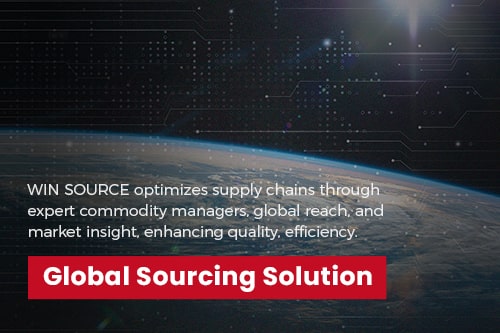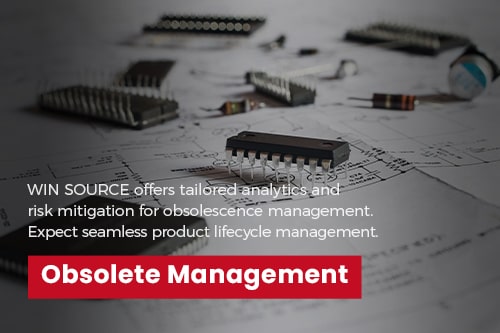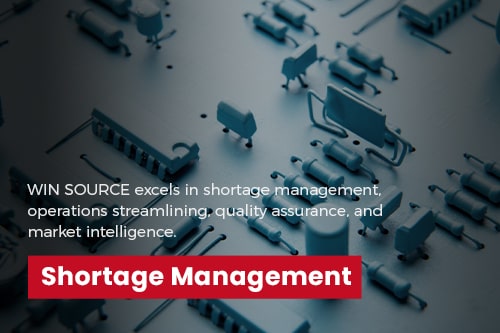Revolutionize Power Systems with EPCOS MKP850-D-38 Capacitors
When designing power systems, engineers often face challenges in achieving optimal performance while maintaining system reliability. The EPCOS MKP850-D-38 B25666W7167A375 capacitor offers a breakthrough solution with its high voltage rating and superior capacitance stability. This article explores how this component can elevate your designs.
Key Features of the EPCOS MKP850-D-38 Capacitor
- Capacitance: 3 x 55.8 µF ensures consistent energy storage for demanding applications.
- Voltage Rating: 850 V (DC) provides robustness against voltage fluctuations, verified by TDK-EPC Corporation testing standards.
- Low ESR (Equivalent Series Resistance): Minimizes heat generation, enhancing overall efficiency.
These features make the EPCOS MKP850-D-38 ideal for high-power electronics where reliability is paramount.
Applications and Real-World Case Studies
Case Study 1: Renewable Energy Inverters
In solar inverters, the EPCOS MKP850-D-38 capacitors have been deployed to smooth out voltage spikes caused by fluctuating sunlight conditions. A study conducted by a leading renewable energy company showed a 15% reduction in energy loss due to improved filtering capabilities, resulting in higher system efficiency.
Case Study 2: Electric Vehicle Charging Stations
Electric vehicle (EV) charging stations require durable components capable of handling high voltages. The EPCOS MKP850-D-38 has proven effective in these environments, maintaining stable operation even under extreme temperature variations (-40°C to +105°C). Data from field tests indicate an impressive MTBF (Mean Time Between Failures) exceeding 100,000 hours.
Why Choose EPCOS Capacitors?
The EPCOS brand is synonymous with quality and innovation in passive components. Their MKP850 series combines cutting-edge technology with rigorous testing protocols, ensuring that each capacitor meets or exceeds industry standards.
By integrating the EPCOS MKP850-D-38 into your next project, you not only enhance system performance but also future-proof your design against evolving technological demands.

 AKKN Electronics
AKKN Electronics



